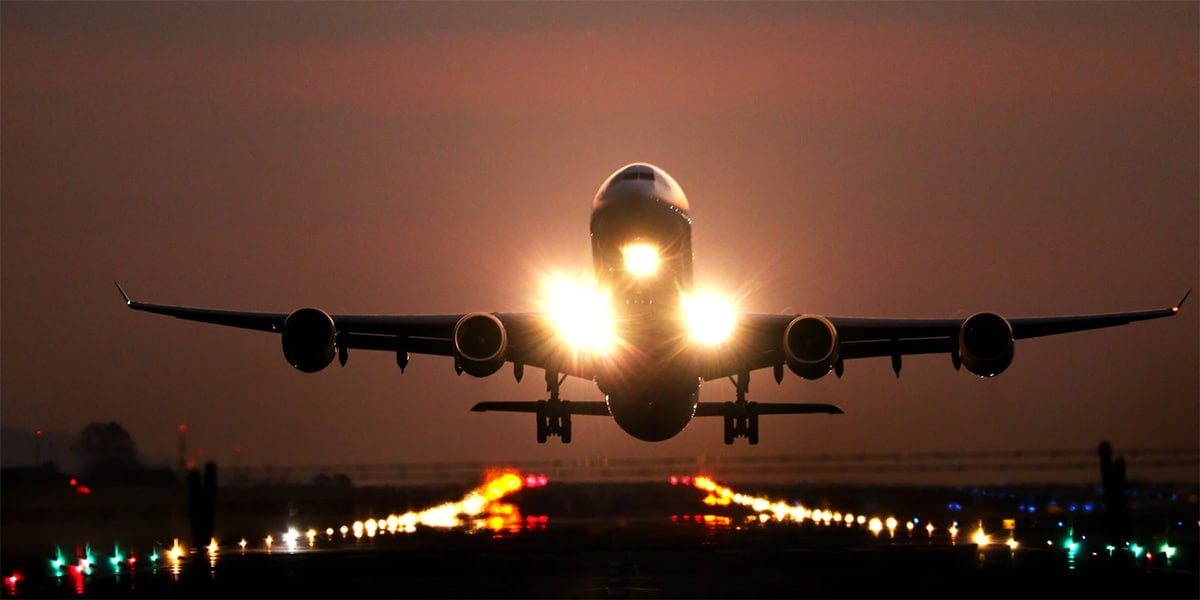 Planning to travel anytime soon? Make sure you know the new rules for international travel, which went into effect on Tuesday, January 26, 2021.
Planning to travel anytime soon? Make sure you know the new rules for international travel, which went into effect on Tuesday, January 26, 2021.
The CDC tweeted this today, which is why I’m sharing this, since not everyone may have seen the new rules.
“The CDC requires all air passengers entering the US to present a negative COVID-19 test, taken within 72 hours of departure, or proof of recovery within the last 90 days. If you have questions, please refer to our FAQ page here.”
I definitely recommend perusing the CDC FAQ page because it has lots of helpful information. Below are some of the highlights:
Requirement for Proof of Negative COVID-19 Test or Recovery from COVID-19 for All Air Passengers Arriving in the United States
If you plan to travel internationally, you will need to get tested no more than 3 days before you travel by air into the United States (US) and show your negative result to the airline before you board your flight, or be prepared to show documentation of recovery (proof of a recent positive viral test and a letter from your healthcare provider or a public health official stating that you were cleared to travel).
RELATED: Where to Buy N95 and KN95 Masks
Does this requirement apply to US citizens?
This Order applies to all air passengers, 2 years of age or older, traveling into the US, including US citizens and legal permanent residents.
NOTE: The last part is important. It applies to EVERYONE.
Are territories or possessions of the US considered foreign countries for the purposes of this Order?
No, the Order to present a documentation of a negative COVID-19 test or recovery from COVID-19 does not apply to air passengers flying from a US territory or possession to a US state. US territories and possessions of the US include American Samoa, Guam, the Northern Mariana Islands, the Commonwealth of Puerto Rico, and the US Virgin Islands.
NOTE: This is good to know and I think we will see more Americans travel to islands like Puerto Rico and the US Virgin Islands instead of other tropical destinations, just to avoid the hassle of getting a test and dealing with the financial burden if you test positive. TIP: Some hotels/resorts in Mexico, Dominican Republic and other places realize they’re going to lose business so they’ve instituted free testing and some will even quarantine you for free. So do your homework before booking. Here are some of the resorts offering testing.
Why does the Order specify 3 days rather than 72 hours? What is considered 3 days?
The 3-day period is the 3 days before the flight’s departure. The Order uses a 3-day timeframe instead of 72 hours to provide more flexibility to the traveler. By using a 3-day window, test validity does not depend on the time of the flight or the time of day that the test was administered.
For example, if a passenger’s flight is at 1pm on a Friday, the passenger could board with a negative test that was taken any time on the prior Tuesday or after.
What is an attestation?
An attestation is a statement, writing, entry, or other representation under 18 U.S.C. § 1001 that confirms that the information provided is true.
Does this Order apply to land border crossings?
No, the requirements of this Order only applies to air travel into the US.
Who is checking to make sure that people have a negative test or documentation of recovery before they board a plane to the US?
The airline will confirm a COVID-19 negative test result or documentation of recovery for all passengers before boarding.
Will CDC provide information about international testing locations?
CDC is unable to provide information about locations and availability of testing in other countries. Check the COVID-19 Country Specific Information for information on how and where to get tested in the country from which you are traveling or contact local authorities in that country.
What types of SARS-CoV-2 test are acceptable under the Order?
Passengers must be tested with a viral test that could be either an antigen test or a nucleic acid amplification test (NAAT), such as reverse transcription polymerase chain reaction (RT-PCR), reverse transcription loop-mediated isothermal amplification (RT-LAMP), and transcription-mediated amplification (TMA). The test used must be authorized for use by the relevant national authority for the detection of SARS-CoV-2 in the country where the test is administered. A viral test conducted for U.S. Department of Defense (DOD) personnel, including DOD contractors, dependents, and other U.S. government employees, and tested by a DOD laboratory located in a foreign country also meets the requirements of the Order.
Can I get a rapid test?
Rapid tests are acceptable as long as they are a viral test acceptable under the Order.
Does an at home test qualify?
The Order requires a lab report to be presented to the airline or to public health officials upon request. A home specimen collection kit that is tested in a laboratory should meet the requirements, if such methods have been authorized by the country’s national health authorities. A viral test conducted for U.S. Department of Defense (DOD) personnel, including DOD contractors, dependents, and other U.S. government employees, and tested by a DOD laboratory located in a foreign country also meets the requirements of the Order.
Does a negative test result or documentation of recovery need to be in English?
Airlines and other aircraft operators must be able to confirm the test result and review other required information, and should determine when translation is necessary for these purposes. Passengers whose documents are in a language other than English should check with their airline or aircraft operator before travel.
If a passenger has tested positive for COVID-19, and then tests negative, can that passenger travel?
Individuals with known or suspected COVID-19 should self-isolate and NOT travel until they have met CDC’s criteria for discontinuing isolation.
If a passenger has a negative test, but was a close contact of a known COVID case, can that passenger travel?
Individuals who have had close contact with a person with COVID-19 (i.e., who are considered exposed to COVID-19), should self-quarantine and NOT travel until they have met CDC criteria for discontinuing quarantine.


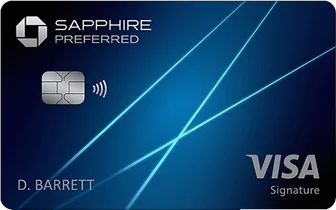


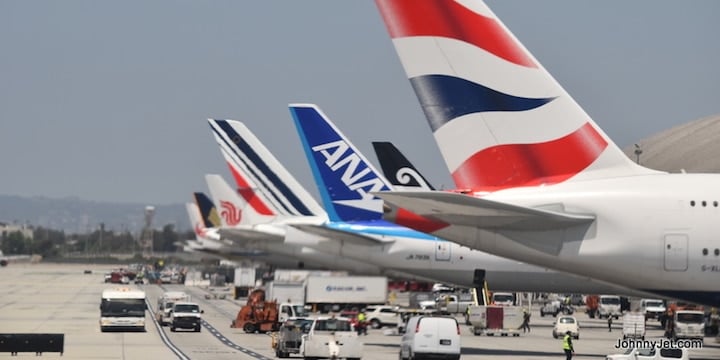
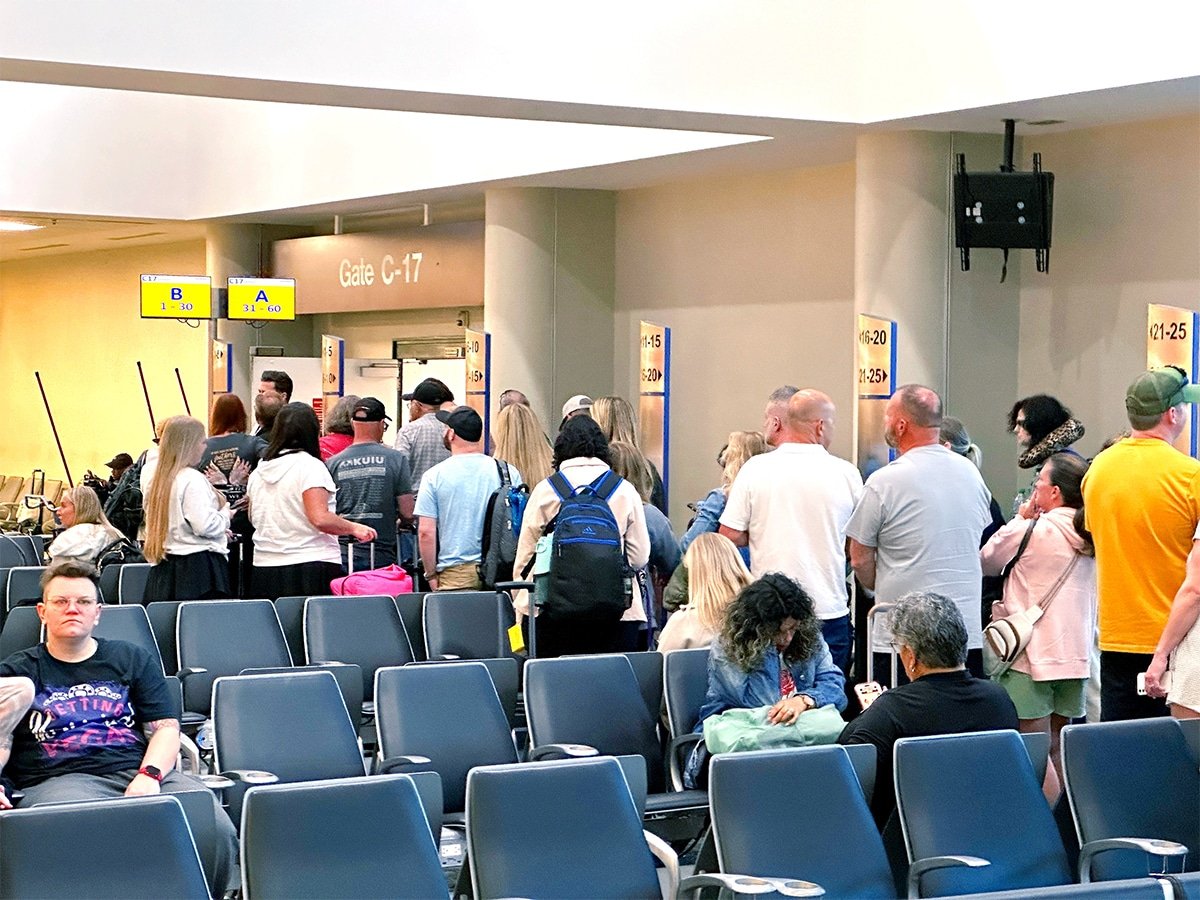
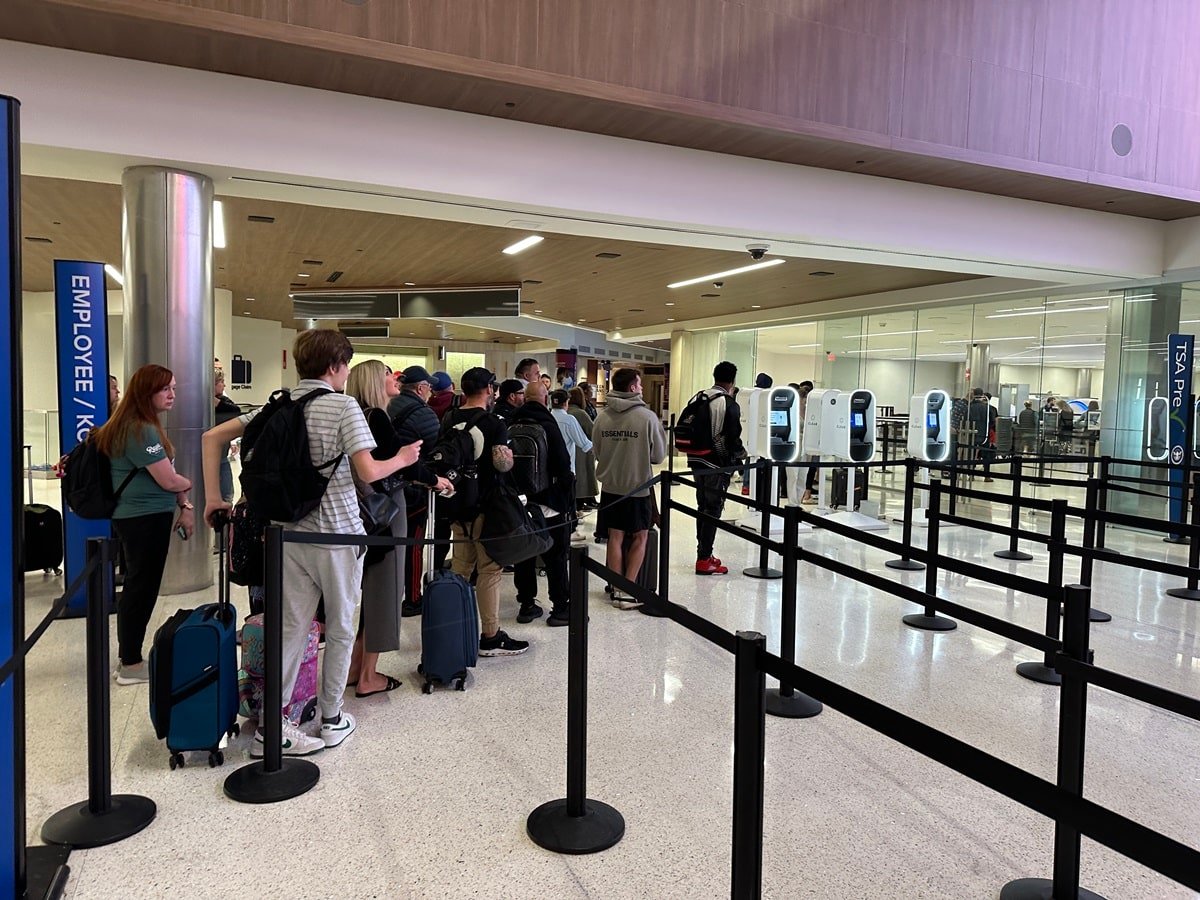
many resorts are offering testing,some providing free travel insurance and others extension of stay etc
Does any of this apply to Canadians?
I think each resort is different. Some do but some are just for US. I think Canada requires a PCR test and not just an antigen test. The PCR test usually costs a lot more and the resorts usually don’t cover it. I would check with each one. But there’s also the news that Canada is shutting down Caribbean and Mexico travel https://www.theglobeandmail.com/politics/article-federal-government-airlines-agree-to-halt-flights-to-caribbean-mexico/?cmpid=rss&utm_source=dlvr.it&utm_medium=twitter
The thing that puzzles me about all of this is that I thought nations were required to admit their own nationals. That the US will deny entry to a US citizen is surprising.
Will they allow us to travel if we can we show proof that we received the vaccine?
As far as I know you will still need to show a negative test because even if you have the vaccine you can still be carrying it.
It says “all passengers.” In my opinion, the policy is vague because aren’t air passengers from say, Europe, aren’t they excluded and not allowed to travel to the USA?